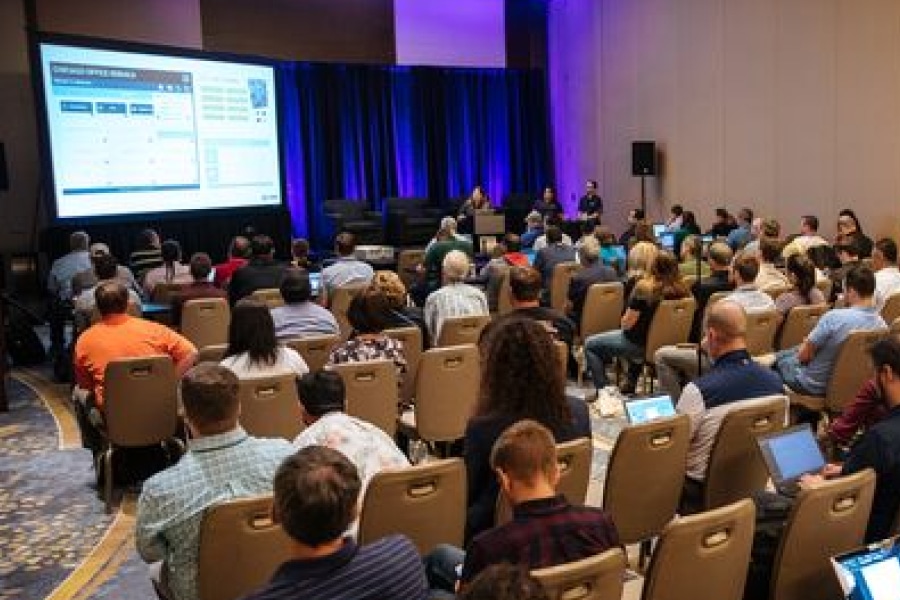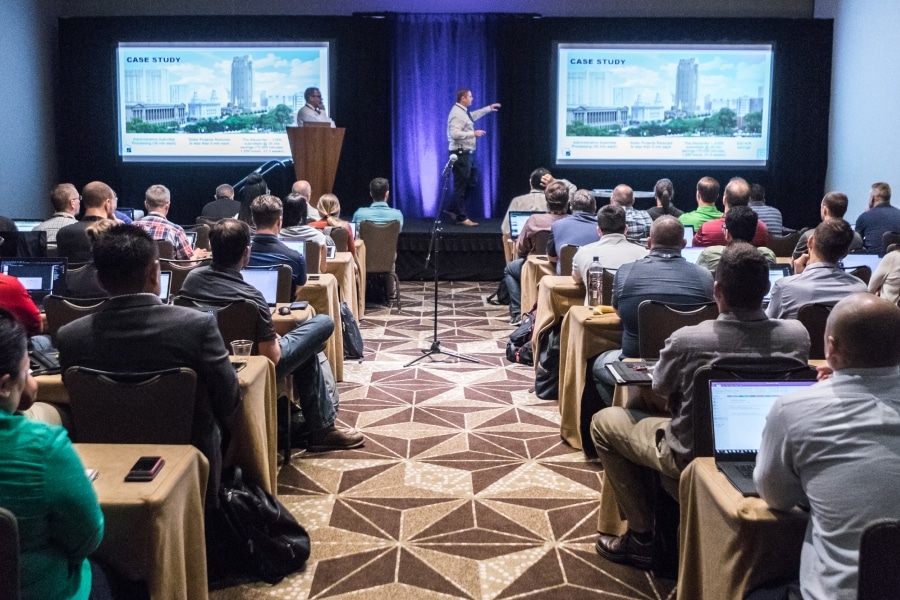Transitioning to today’s digital construction world is easier said than done, especially for subcontractors and specialty contractors that lack big IT budgets and have a workforce that is more build-savvy than tech-savvy.
“For us, as a specialty contractor, the field comes first,” said Derek Renn, corporate BIM technology manager for specialty contractor Bergelectric, headquartered in Carlsbad, California.
After finding preconstruction coordination success with Bluebeam Revu within the office, Renn needed to be able to find the same success in the field. “How do we not damage what’s working really well in the office, but somehow make it work for the field, too?” Renn asked.
He then answered that question by creating what he calls a “specialty contractor survival kit” using Bluebeam Revu to set Bergelectric field teams up for digital success.
The survival kit has three key components:
- Use Studio Projects and Studio Sessions in Revu
- Create dashboards in a Studio Project for quick access
- Master the Markups List
“Creating this ‘survival kit’ in Studio allows us at Bergelectric to imprint our personality onto Revu and make it what works best for us. It really is very flexible in that way.”
– Derek Renn, Corporate BIM Technology Manager for Bergelectric
Hosting information and documents
The first step to empowering the field with digital tools is to find a place to host the documents and toolsets you want them to access. Renn chose to host everything in Revu in a Studio Project, a centralized location to store documents and other files in the cloud. He also chose to use Studio Sessions in Revu to mark up and collaborate on the same files in real-time.

“Studio Sessions have turned out to be an invaluable tool for interaction and collaborating with all the project team members,” Renn said. “We even use it internally for a regional manager meeting weekly with project managers going over project statuses and issue mitigation.”
To make Studio more visually accessible to the field, Renn created a dashboard based on various discipline or logistical sections for easier document navigation. This also has advantages for administration as file paths and access can be dictated by PMs or PEs in the office to further alleviate confusion. The set up can be accessed on site by field teams using an iPad or large monitor.
To ensure field teams were working on the most current document within the dashboard set up, Renn used Batch Slip Sheet within the Sets feature. “[Sets] combines the PDF’s individual sheets together,” Renn said. “Batch Slip Sheet combines all of the versions together, and the one on the top is the latest and greatest.”
The standardization derived from Renn’s system also allows for freedom among foremen and superintendents as the easy access and set up of the dashboard allows them to work in their own ways while keeping documents and progress organized.
“You can have 50 foremen, all across different projects, working their own way and loving the software at the same time,” Renn said.
The Markups List
“My first month in Bluebeam it was kind of a, ‘Oh, this is cute and this is pretty,’ Renn said jokingly. “Then I discovered the Markups List, and at first, I was overwhelmed by it, and then I realized I couldn’t work without it.”

Once the Studio environment is set up, Renn said he recommends putting the Markups List to work to allow the field to quickly and accurately capture progress and coordination. “Figure out the Custom Columns you need. Figure out the custom statuses that you need. And put that together with the idea that you’re going to be exporting it into a daily or a QA/QC report,” Renn said.
The Markups List can revolutionize the antiquated paper “dailies” that were tedious exercises for field teams to summarize progress. “One of the best tools in the Markups List that doesn’t get enough credit is the PDF summary,” Renn said. “With a combination of Spaces, punch symbols, statuses and attached photos, you can create a very dynamic and resourceful daily punch and item report.”
Pro tips:
- Get the latest set of plans to the field using Bluebeam Studio and the iPad app
- Create standard custom tool sets and hyperlink the location in a dashboard
- Use the Markups List to export dailies and QA/QC reports
ROI and safety
“If you implement these items in the survival kit up front, as a new user, I don’t see why you can’t see 30-40% in ROI productivity increases right out of the gate,” Renn said.
ROI increases in safety and accuracy of data are the most crucial. Renn explained: “What is the ROI on knowing that the guy in the field is not looking at a print from five weeks ago? Invaluable. Can I put a number on that? I would right out of the gate say 100%. Because if he’s going from something five weeks ago, the whole thing is getting installed wrong.”
“I would challenge anybody to try to put a price on safety,” Renn added. “If somebody is installing something now for the second time because of miscommunication, the danger level has probably quadrupled because now they’ve got to do it in time that they didn’t have in the first place. They’re going to make more mistakes, and somebody is going to get hurt.”
The only entity not happy with the specialty contractor survival kit? Bergelectric’s paper print house.
“One of our print houses called us saying, ‘Hey, can you tell us why we lost your business?’ And they didn’t lose our business,” Renn said. “They were still the only one we were using, but it had gotten so limited of what we were sending to them, we didn’t realize that we had basically cut 80% of their business out.”











